Racing suits and helmets are essential components of motorsport safety, meticulously designed to protect drivers from high-speed impacts and extreme conditions. These critical gear pieces are crafted with cutting-edge technology and materials to enhance driver performance while prioritizing survival. In the event of an accident, their innovative features play a crucial role in safeguarding the lives of those behind the wheel.
The Evolution of Racing Gear Design
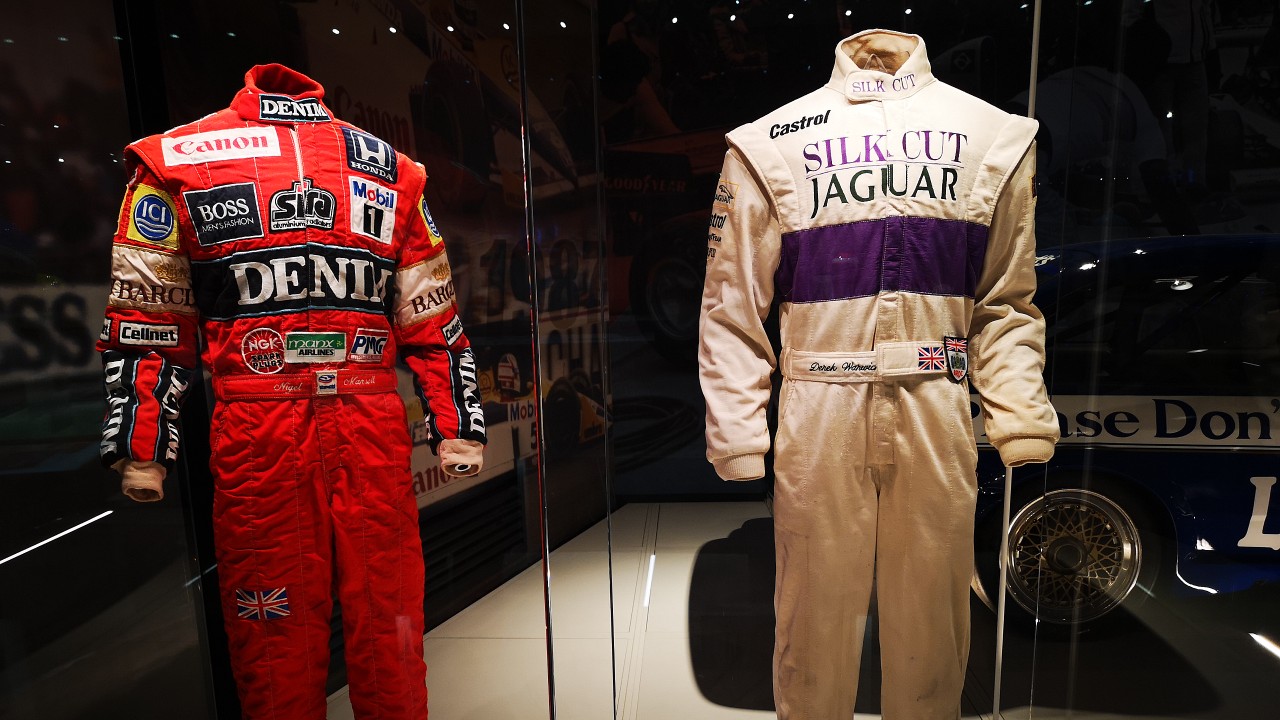
The journey of racing gear design is a tale of continuous evolution, driven by the quest for safety and performance. In the early days of motorsport, drivers often wore little more than leather helmets and basic cotton overalls, providing scant protection against the hazards of high-speed racing. As the sport advanced, so did the understanding of the need for more robust safety gear. The tragic accidents of the mid-20th century highlighted the dire need for improved protective equipment. In response, materials such as fire-resistant fabrics and advanced helmet designs began to emerge.
Advancements in military and aerospace technology have significantly influenced the design of racing gear. The introduction of materials like Nomex in racing suits and carbon fiber in helmets has roots in these sectors. Nomex, originally developed for military applications, is renowned for its fire-resistant properties, making it a staple in modern racing suits. Similarly, carbon fiber, celebrated for its strength-to-weight ratio, is now a crucial component in helmet construction, offering unparalleled impact resistance.
Regulatory bodies such as the Fédération Internationale de l’Automobile (FIA) have played a pivotal role in shaping the standards for racing safety gear. By setting stringent guidelines, these organizations ensure that manufacturers continually innovate and improve their products. The FIA’s rigorous safety standards have propelled advancements in both materials and design, fostering a culture of safety that prioritizes driver well-being.
Materials: The Backbone of Safety
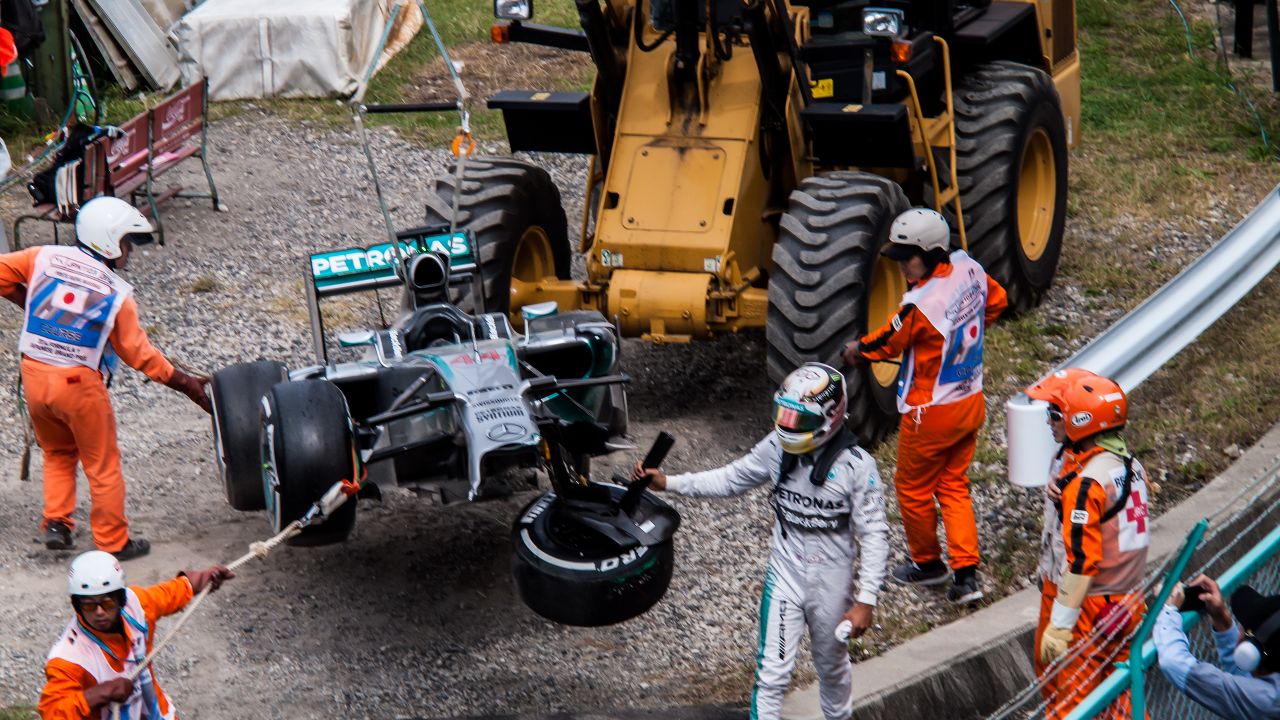
The materials used in the construction of racing suits and helmets are paramount to their effectiveness. Fire-resistant fabrics like Nomex are the cornerstone of racing suit safety. Nomex fibers can withstand extreme temperatures, providing crucial protection against fire-related injuries. This material is woven into multiple layers, creating a barrier that shields the driver from heat and flames, allowing valuable seconds for escape in the event of a fire.
In helmet construction, impact-absorbing materials such as carbon fiber and Kevlar are indispensable. The use of these advanced composites provides the strength necessary to withstand the tremendous forces encountered during high-speed impacts. Helmets today often feature a combination of these materials, ensuring a balance of weight, strength, and durability.
Layering techniques further enhance the protective capabilities of racing gear. Multi-layer construction in both suits and helmets allows for a combination of materials, each serving a specific purpose. This approach not only improves safety but also contributes to driver comfort, as layers can be optimized for breathability and moisture management. Such innovations ensure that drivers remain focused and perform at their best, even under the most demanding conditions.
Key Features of Modern Racing Suits
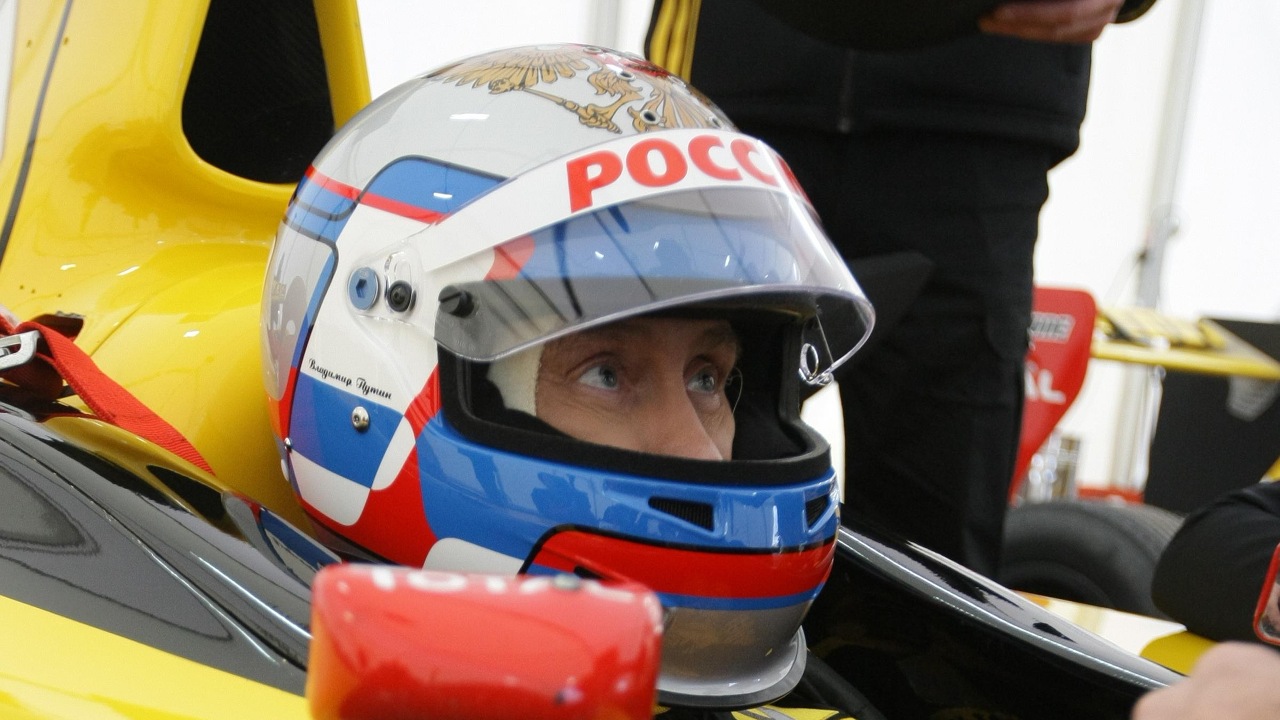
Modern racing suits are engineered with a keen focus on aerodynamics, reflecting their dual role in safety and performance. By tailoring suits to reduce drag, designers help drivers achieve maximum speed and efficiency on the track. This attention to detail extends to the fit and finish of the suits, ensuring minimal resistance and enhancing the overall driving experience.
Heat and moisture management technologies are integral to modern racing suits. Under the intense conditions of a race, drivers can be exposed to extreme temperatures and humidity. To combat this, suits incorporate advanced fabrics and ventilation systems that wick away sweat and allow for airflow, keeping drivers cool and dry. These innovations are vital for maintaining concentration and performance levels during long races.
The customization of racing suits is another key feature that optimizes both safety and fit. Bespoke suits are tailored to the unique body shape and preferences of each driver, ensuring an optimal fit that enhances comfort and mobility. This personalized approach allows drivers to remain focused on the race, confident in the knowledge that their suit provides the best possible protection.
Helmet Innovations: Protecting the Driver’s Most Vital Asset
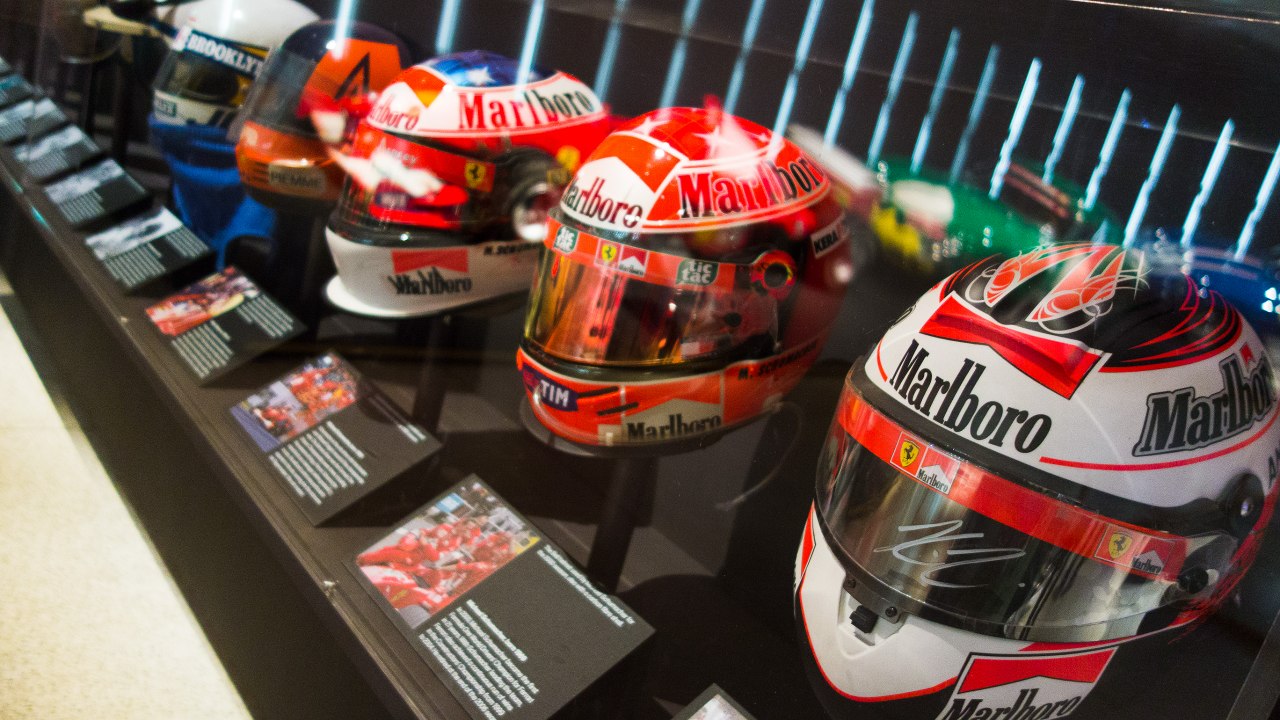
The helmet is arguably the most critical piece of safety equipment for a driver, and its design has seen significant advancements. The use of composite materials such as carbon fiber and Kevlar in helmet shell construction provides maximum impact resistance. These materials are meticulously layered to create a lightweight yet incredibly strong shell that can withstand the forces experienced during a crash.
Visor technology has also progressed, with anti-fog and anti-glare coatings becoming standard features in modern helmets. These enhancements improve visibility, allowing drivers to maintain focus and react quickly to changing conditions on the track. The integration of high-quality visors ensures that drivers have a clear view, minimizing the risk of accidents caused by impaired vision.
Interior padding and fit play a crucial role in helmet safety. Helmets are designed to fit snugly, reducing the risk of injury by preventing excessive movement during an impact. The padding is often customizable, allowing for a personalized fit that enhances comfort and protection. This attention to detail ensures that helmets provide the best possible defense for the driver’s most vital asset—their head.
The Future of Racing Safety Gear
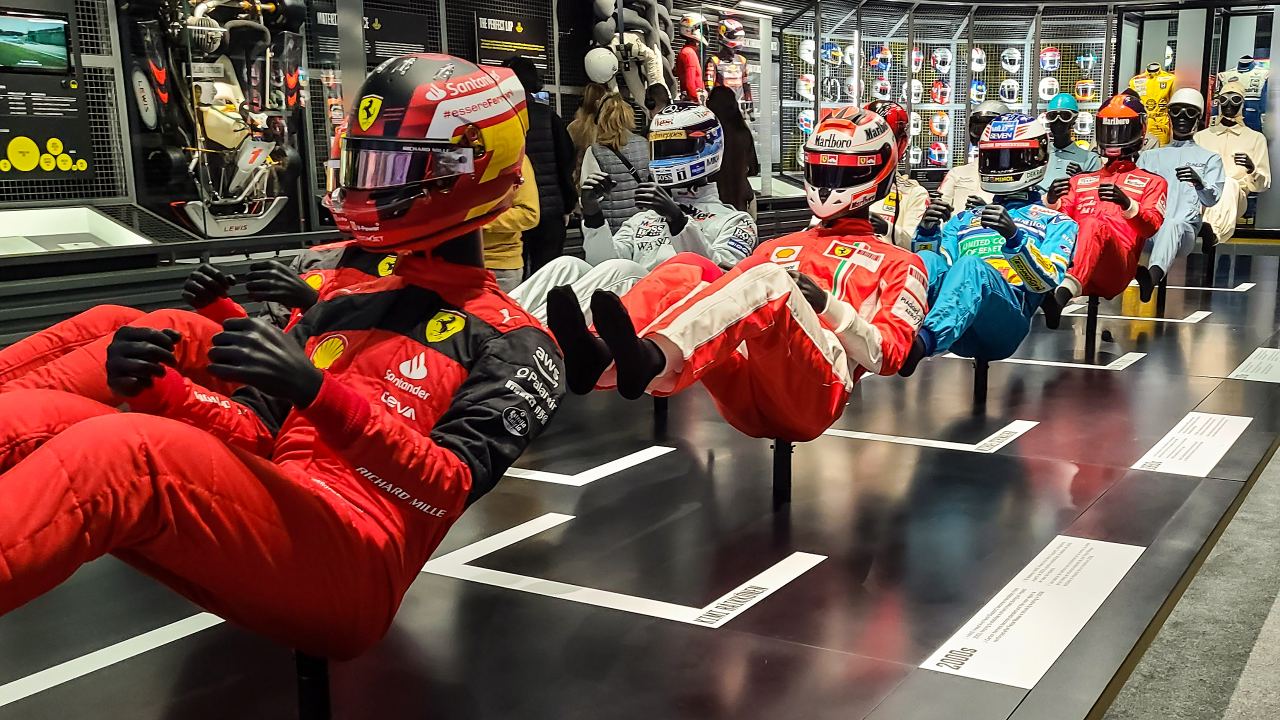
Looking ahead, the integration of smart technology into racing safety gear holds exciting potential. Helmet sensors and data-tracking systems could revolutionize safety by providing real-time information on impact forces and driver biometrics. This data could lead to improvements in gear design and race strategies, ultimately enhancing driver protection.
The exploration of sustainable materials is another promising avenue for the future of racing gear. As the industry seeks to reduce its environmental impact, eco-friendly materials are being developed that do not compromise safety. These innovations could lead to a new generation of racing gear that is both protective and environmentally responsible.
Continuous testing and development remain at the forefront of racing safety gear innovation. Ongoing research efforts aim to push the boundaries of what is possible, ensuring that racing suits and helmets evolve to meet the challenges of modern motorsport. As technology advances, the commitment to driver safety remains unwavering, promising a future where racing gear is more effective and sustainable than ever before.
Like Fast Lane Only’s content? Be sure to follow us.
Here’s more from us:
*Created with AI assistance and editor review.

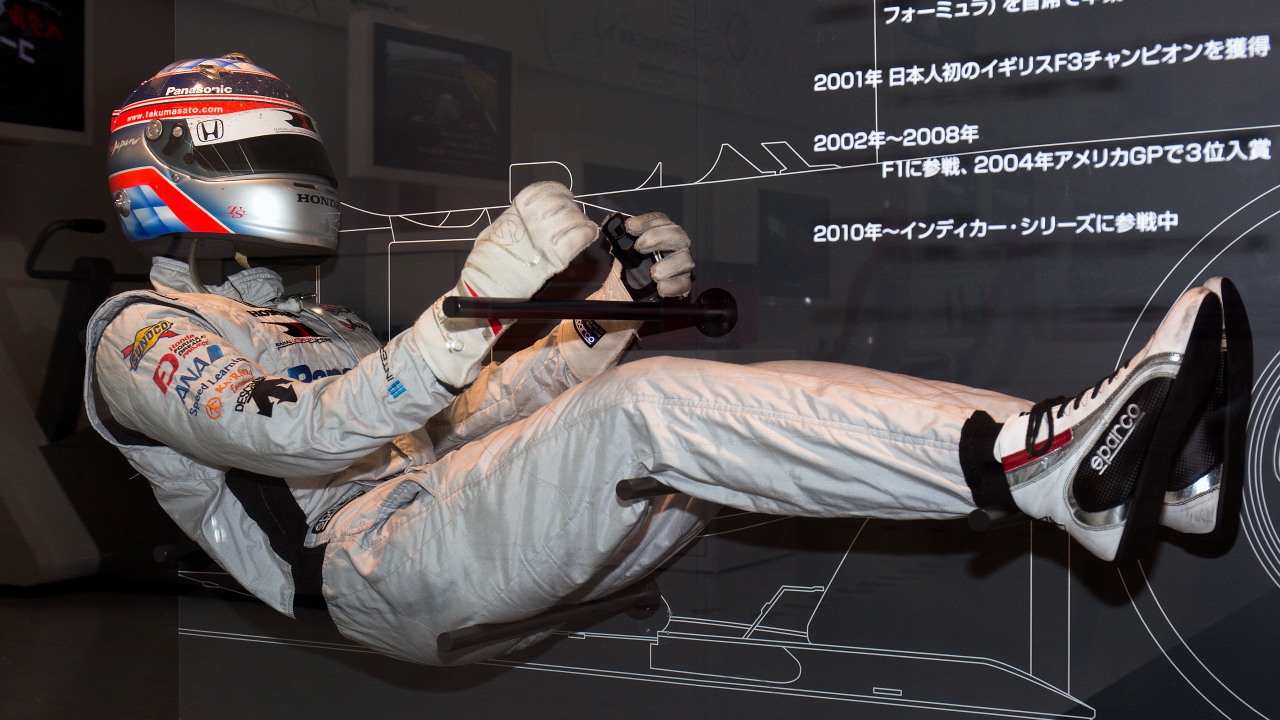

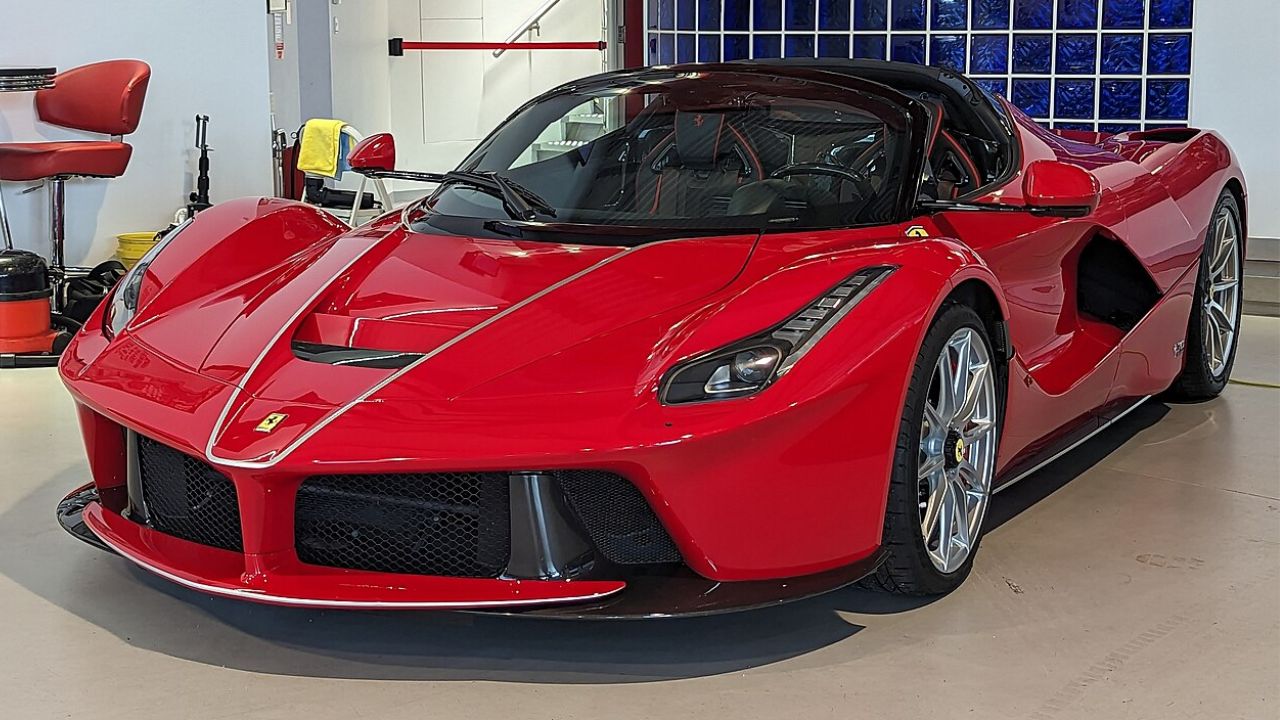

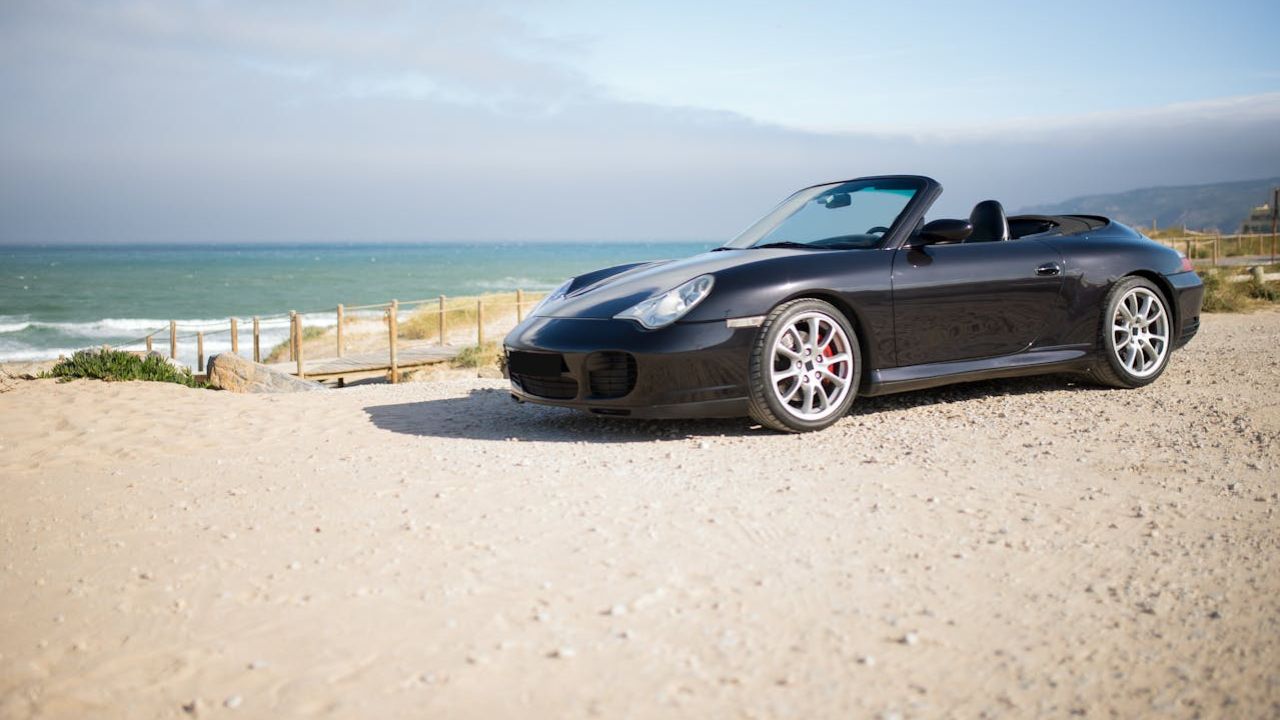

Leave a Reply